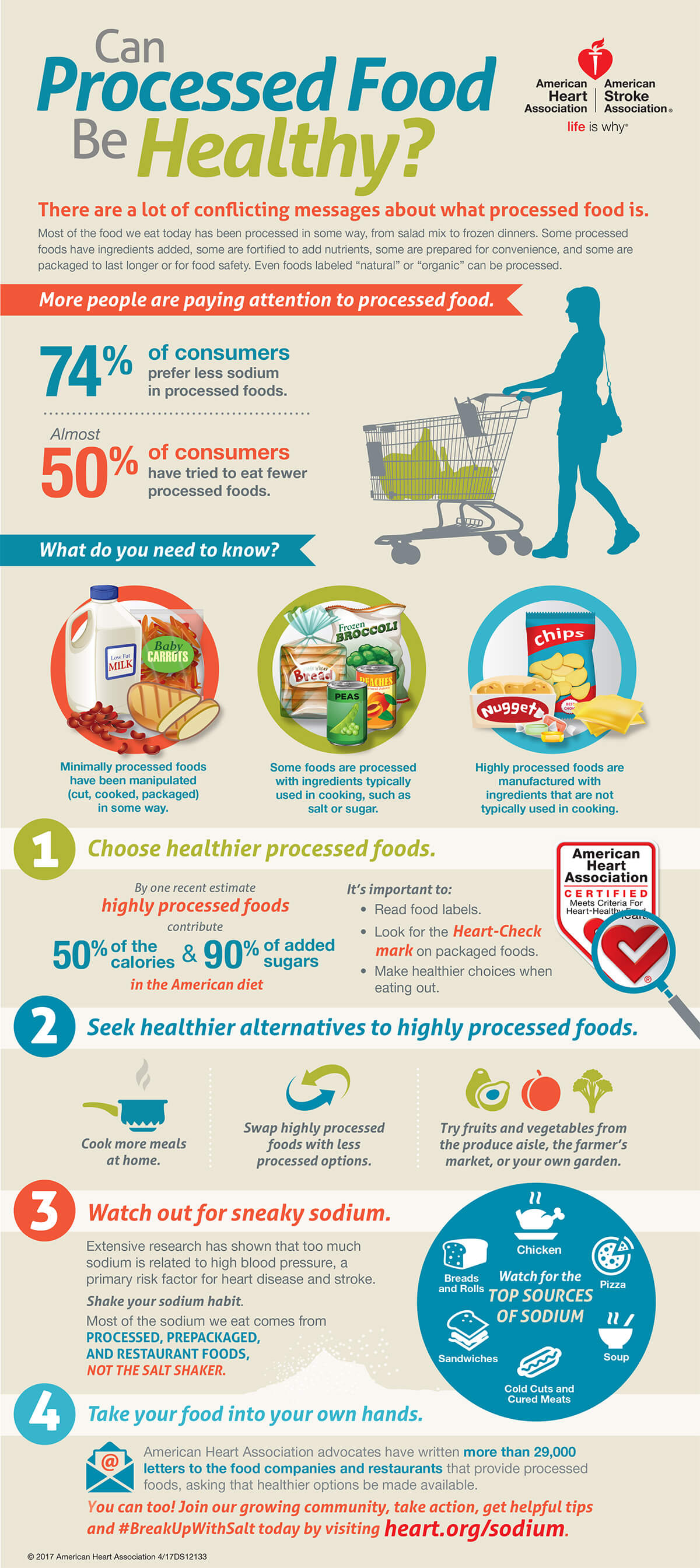Sorts Of Hernias That Require Surgical Treatment

Produced By-Walters Munksgaard
* Inguinal hernia: A protrusion of cells via a damaged location in the stomach wall surface, usually on one side of the groin.
* Hiatal rupture: A projection of the stomach via the diaphragm and into the chest dental caries.
* Umbilical hernia: A bulge near the stomach button that takes place when a weakened location in the abdominal wall surface allows fat or other tissue to press through.
* Ventral rupture: A lump that occurs when a weakened location in the stomach wall surface permits fat or other cells to push through, often near a previous surgical laceration.
* Incisional hernia: A bulge that takes place when a weakened area in the stomach wall surface allows fat or various other tissue to push through, often near a previous surgical laceration.
It is very important to note that not all hernias call for surgical treatment, yet these types do. If you think you have a hernia, it is necessary to get in touch with a medical care expert for proper medical diagnosis and therapy.
So, you have actually been experiencing some discomfort lately, and after a complete assessment, your medical professional has figured out that you have a rupture. Currently, before you start panicking, it is essential to comprehend that not all hernias require medical intervention.
However, there are particular types that do, and that's what we're here to go over. From https://postheaven.net/dean2mack/typical-misconceptions-concerning-hernia-surgery-unmasked to umbilical ruptures and also hiatal hernias, every one provides its own special difficulties and factors to consider.
Yet allow's not get ahead of ourselves just yet. We'll dive into the specifics quickly enough.
Inguinal Hernias
If you're experiencing discomfort and pain in your groin area, you may have an inguinal rupture that calls for surgical treatment. An inguinal hernia occurs when a part of the intestinal tract or fat presses via a weak spot in the inguinal canal, which is located in the lower abdominal area.
https://www.nbcsports.com/boston/bruins/brad-marchand-explains-why-he-had-surgery-updates-status-bruins-season-opener of rupture is much more common in males than ladies and can be caused by factors such as heavy training, stressing during bowel movements, or persistent coughing. Symptoms of an inguinal hernia consist of a lump in the groin location, pain or discomfort when coughing or lifting, and a feeling of pressure or weak point in the groin.
If left without treatment, an inguinal hernia can bring about issues such as bowel obstruction or strangulation, which is why surgical treatment is needed to fix the rupture and avoid more difficulties.
Umbilical Ruptures
Do you know what an umbilical hernia is and how it can be dealt with surgically?
An umbilical rupture occurs when a part of the intestine or stomach cells protrudes with a weak point in the abdominal wall near the belly button.
If you have an umbilical rupture that requires surgical intervention, here are three treatment alternatives to consider:
- Rupture repair service surgical procedure: This is one of the most typical treatment for umbilical hernias. During the treatment, the surgeon will make an incision near the rupture and press the extending tissue back into location. They'll then reinforce the abdominal wall making use of stitches or a mesh patch.
- Laparoscopic surgical procedure: In many cases, a minimally invasive technique called laparoscopic surgical procedure may be used. This technique involves making small incisions and using an electronic camera and specialized devices to repair the hernia.
- Open up surgery: In even more complex cases, open surgical treatment may be necessary. This includes making a larger laceration to gain access to and fix the rupture.
Hiatal Hernias
A hiatal hernia takes place when part of the stomach protrudes via the diaphragm right into the chest cavity. This type of hernia is fairly usual and commonly needs medical intervention.
Hiatal hernias can be categorized right into 2 primary kinds: moving and paraesophageal hernias. Moving hernias are one of the most usual and occur when the reduced part of the esophagus and the top of the belly slide up right into the breast with the respite, a small opening in the diaphragm.
On the other hand, paraesophageal hernias are less typical yet a lot more serious. In this kind, a section of the belly presses through the respite together with the esophagus, triggering prospective difficulties like gastric volvulus or strangulation.
Surgical repair service is typically necessary to deal with hiatal hernias and alleviate signs such as heartburn, breast discomfort, and trouble swallowing.
Conclusion
So there you have it, the different sorts of ruptures that need medical intervention.
One example of a hernia situation that needed surgical treatment is John, a 45-year-old guy that struggled with an inguinal hernia. Despite his initial pain and apprehension, John went with medical treatment.
The treatment succeeded, and he experienced a full healing, allowing him to go back to his typical activities without any more complications.
Remember, it is essential to talk to a medical care expert if you believe you might have a hernia that calls for surgical therapy.

